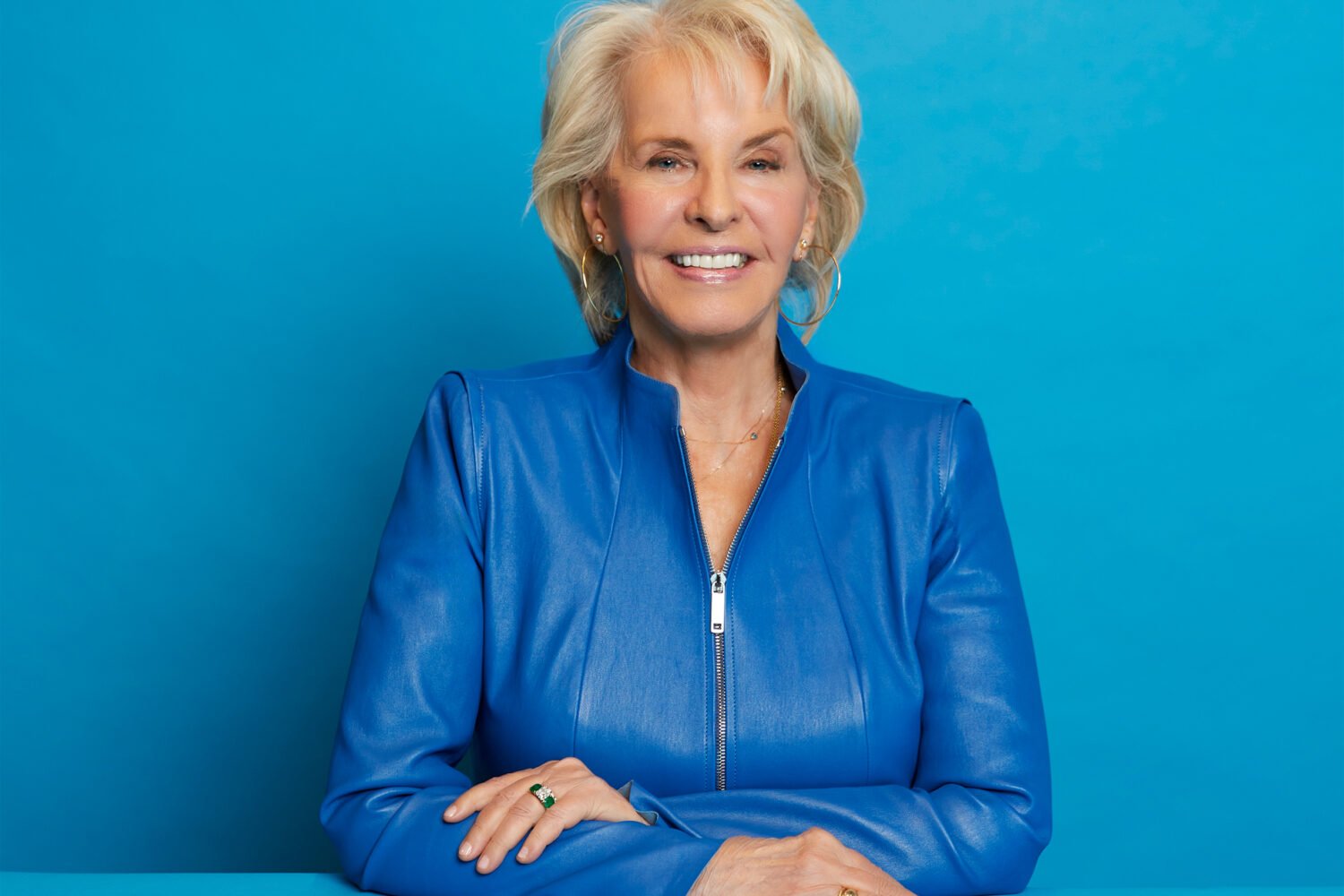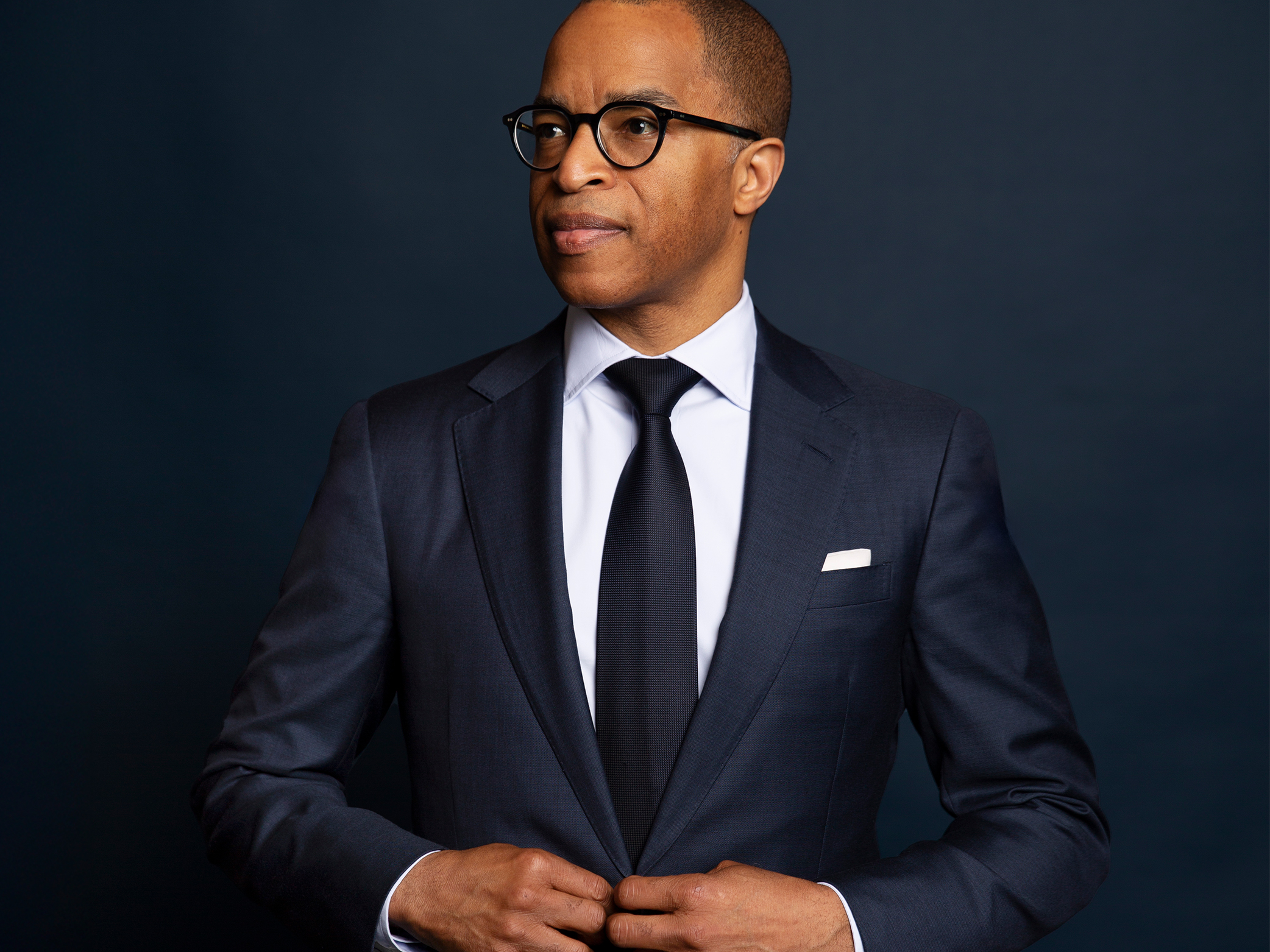There are only nine people who truly know what goes on inside the Supreme Court, and they don’t tend to be particularly talkative. But if you want to understand the court’s complexities and don’t happen to be pals with a justice, Linda Greenhouse is one of the best experts to turn to. After covering the Supreme Court for the New York Times for 30 years, she has spent the past 14 writing about its doings for the Times opinion section. Her 2021 book, Justice on the Brink: The Death of Ruth Bader Ginsburg, the Rise of Amy Coney Barrett, and Twelve Months That Transformed the Supreme Court, tracks the court’s tumultuous last term.
We met up with Greenhouse in Charlottesville, where she’s been spending time while teaching a course at the University of Virginia. (She’s also a lecturer at Yale Law School.) It was just a day before President Biden nominated Ketanji Brown Jackson to replace Stephen Breyer, and, over poke bowls, we spoke about the court’s current momentous term.
I’m curious to hear your thoughts on the internal dynamics of the court now. In January, Sonia Sotomayor reportedly chose to work from home because Neil Gorsuch refused to wear a mask. [The justices disputed some parts of the article, but NPR stood by its reporting.]
It’s interesting, but all I know about that is what I read. I mean, Gorsuch’s behavior strikes me as uncollegial, to say the least. He hasn’t favored us with an explanation. So I don’t have an explanation.
You have written that the other justices find him annoying, even insufferable.
Yes. I’ll stand by that.
Ruth Bader Ginsburg and Antonin Scalia famously were friends. Is that type of comity still possible?
Are they all going to leave work and go on a movie date? No. But on the other hand, they realize you can’t get anything done unless you get four people to go along with you. A collegial court doesn’t mean a court where everybody loves each other; it means a court that, of necessity, acts as a collective body and issues opinions in the name of the collective. They have to wake up and assume that in any given case, there’s a possibility of getting somebody else’s vote.
How has the court changed over the past five years?
I think there are now justices on the court who have a social agenda and who want to change the law to conform to what their agenda tells them the law should be. The Mississippi abortion case is the perfect example. The most conservative federal appeals court in the country, the Fifth Circuit, has struck down the Mississippi 15-week abortion ban, as they had to do. Obviously, the law is unconstitutional. Every appeals court that’s had such a case has invalidated it.
The usual marker for a case that’s worthy of the court’s attention is when there’s a conflict in the circuits and when federal appeals courts disagree, because the court’s job is to make sure there’s uniform law in the country. So why did the court take this case, having turned down many such abortion cases in the recent past? Well, because they want to change the law. And they have the power to change the law because they have the votes.
A lot of the new majority is to the right of John Roberts. Is this still his court?
I think we’ve seen a bit of a skewed view of John Roberts’s role because he’s the one who seems to have the institutional interests of the Supreme Court in view, much more than the other conservatives do. But I think he wants to get where they want to get, and he’ll go there with them.
What do you mean by “institutional interests”?
Two weeks ago, in the Alabama voting-rights case, the five justices to Roberts’s right swooped in and blocked a federal district-court ruling that held that the congressional redistricting in the state of Alabama violated the Voting Rights Act. Roberts dissented from that order. I think the reason Roberts dissented is he just thought the optics were terrible. He was looking over his shoulder to see how this is going to look to the public. The other five obviously didn’t care.
Why would any Supreme Court justice care? They have some of the most secure jobs in the Western Hemisphere.
For John Roberts, his name is on the door. It will be judged by history. So it would be extraordinary if he didn’t care. I think they all care to some degree, but I think some of the others are kind of playing to a base.
In your new book, you write that the last term was when the “fourth wall” inside the court crumbled. Can you explain that?
When we go to the theater, the fourth wall is the invisible wall that separates the players on the stage from the audience. The court behaves the same way. And what I saw happening in the term I wrote about is that that convention broke down. Justice Ginsburg, at the very end of her life, and Justice Sotomayor, who picked up the cudgel, made it a private project.
I think Sonia Sotomayor has a project of documenting for history what she thinks is really going on at the court. She’s not in a position to change the outcome of anything; she’s in a minority position and will be for the rest of her career. The most striking example, I think, was what she called the “spree” of executions that the Trump administration carried out—13 federal executions in his last seven months, including one four days before he left office. Until the very last one of these, Justice Sotomayor wrote a dissenting opinion. And she listed all their names. It was kind of a Black Lives Matter, “say their names” moment. It wasn’t going to change anything. These people were already executed. The country was moving on. But she wanted to make that record.
Previously, there has often been a swing justice. That won’t be true for a long time.
That is true—there is no swing justice. I think a lot of people aren’t used to there not being a swing justice. So they keep looking for one—they think they found one in Brett Kavanaugh or Chief Justice Roberts. We don’t have a Sandra Day O’Connor or an Anthony Kennedy, whose vote was actually in play on important things.
There are now justices on the court who have a social agenda and who want to change the law to conform to what their agenda tells them the law should be.
Is such a court unusual historically?
You know, the court that decided Roe v. Wade—by a vote of seven to two—three of the seven had been appointed by Richard Nixon. So people have always been able to look at the court and say, you know, we agree with the court or we disagree with the court, but justices are not simply endorsing the view of their respective partisan sponsor. And now it’s really hard to look at the court and not have that thought in the back of your mind.
There are ideas for how to address these developments. Adding more justices, for instance, or imposing term limits.
The report of the President’s Commission on the court is very thoughtful. It weighs out the pluses and minuses of all the proposals. I thought the most thought-provoking part of that process was the testimony the commission took from a range of scholars, mostly pretty young, who said, basically, instead of rearranging the deck chairs on the Titanic, let’s step back and think about: Do we want a court that’s this powerful?
Whether it’s still an appropriate institution for the US in the first place?
Well, let me just say, given the politics that we have, I don’t see a sharp distinction between our politics and the court. I think the court is shaped by our politics and in turn reflects back on our politics. If there’s a thought that the court needs fundamental change, not just rearranging kind of change, that would apply to any kind of court. Whether today’s conservative court or tomorrow’s liberal court, it’s a question about, in a democracy, what role do we want our law-giving, law-announcing judicial institution to play? You could get a pretty good argument going that the Supreme Court as it now operates . . . what it has assumed the power to do does not serve democratic principles.
Assumed the power to do?
If you read the Constitution, there’s nothing in Article III that tells us how powerful the court was. In fact, the framers assumed otherwise. It’s just that the court over the intervening years has arrogated to itself a great deal of power. And when it’s using the power in a way that we think is useful, we say that’s fine. I think what’s happening now is we’ve got a court that’s about to overturn Roe v. Wade, when we know that three-quarters of the American public does not want the court to do that. You have to say: Who said they could do that?
What are your thoughts on the memeification of Ruth Bader Ginsburg, who is now on so many T-shirts and mugs and so forth?
It makes me uncomfortable. People have given me these RBG T-shirts, and I just stick them in a drawer. On the other hand, what it tells us is there’s obviously a deep cultural desire for somebody who played that role historically. Young women have really attached themselves to her because who else is the model? So, although it makes me cringe, I have a lot of sympathy for the impulse to do it.
Do you think she should have retired?
No. I think that she should have done whatever she wanted to do. The male professoriat blames everything that’s happened since then [on her decision to remain on the court]. It’s ridiculous. I mean, look at all the contingencies. If Hillary Clinton had won, like they all expected, we wouldn’t have this problem. If President Obama had been able to get Merrick Garland through, this wouldn’t have happened. So they say, “Oh, yeah, if RBG had retired . . . .” But that’s one of many things that didn’t happen. Had she retired when the guys told her to, we would have been deprived of her voice for the last ten years of her service.
This article appears in the April 2022 issue of Washingtonian.
Correction: This article originally referred to Greenhouse as a professor at Yale Law School. Her correct title is Clinical Lecturer in Law and Senior Research Scholar in Law.


















